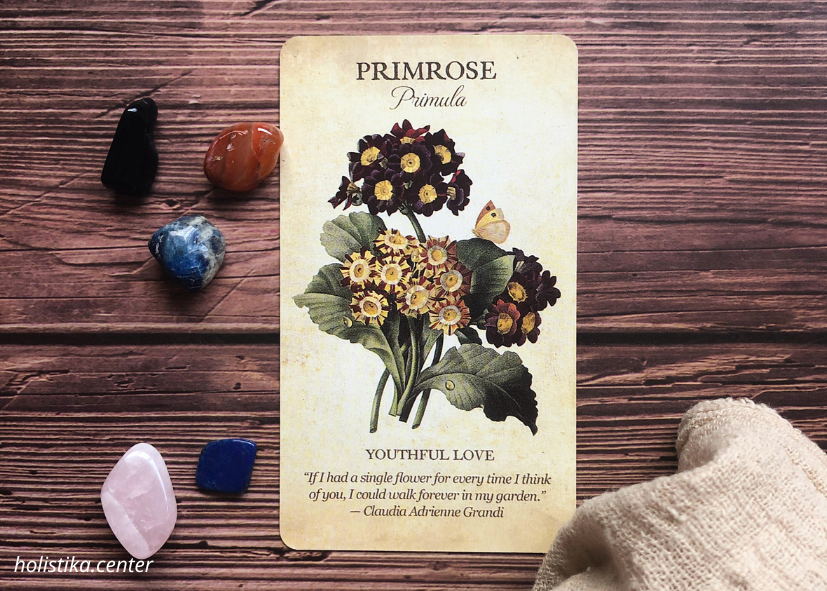🌙 Tarot Basics for Beginners: The Complete Guide
- Kalimistika

- Sep 21
- 4 min read
Updated: Oct 2
Tarot has fascinated people for centuries. Whether you’re drawn to the artwork, curious about its mystical side, or simply looking for guidance in your life, Tarot is a tool that blends symbolism, intuition, and storytelling.
If you’re a beginner asking questions like What is Tarot? How does it work? What’s the difference between Tarot and Oracle cards? And can Tarot really be accurate? — this guide is for you.

🔮 What is Tarot and How Does It Work?
At its core, Tarot is a deck of 78 cards, each rich with imagery, symbolism, and archetypes that reflect the human experience. These cards are used for insight, reflection, and guidance. Contrary to popular belief, Tarot isn’t about predicting an unchangeable future — it’s about offering perspective on your current path and possibilities.
The Structure of a Tarot Deck
A standard Tarot deck has two main parts:
Major Arcana (22 cards): These represent big life themes, spiritual lessons, and pivotal moments. Think of them as the “headline events” in your story. Examples include The Fool, The Lovers, Death, The World.
Minor Arcana (56 cards): These focus on everyday situations, emotions, and challenges. They are divided into four suits (similar to playing cards): Cups (emotions), Pentacles (material/finances), Swords (thoughts/challenges), and Wands (energy/creativity). Each suit has numbers (Ace through 10) and four court cards (Page, Knight, Queen, King).
How a Tarot Reading Works
A Tarot reading typically involves:
Shuffling the deck while focusing on a question or intention.
Drawing cards into a specific layout (called a “spread”).
Interpreting the cards based on their imagery, traditional meanings, and the reader’s intuition.
The magic of Tarot lies in its ability to mirror back your subconscious mind. The cards highlight patterns, offer new perspectives, and guide you toward clarity. For many, it feels like having a conversation with your higher self.
Common Misconceptions
❌ Tarot is fortune-telling. → Tarot doesn’t lock you into a fixed future; it shows possibilities and guidance.
❌ You have to be psychic to read Tarot. → Anyone can learn!
❌ The Death card means physical death. → It usually symbolizes transformation, endings, and new beginnings.

🌟 Tarot vs. Oracle Cards: What’s the Difference?
Tarot and Oracle cards often get mentioned together, and while they serve similar purposes, they are different tools.
Tarot Cards
Structure: Always 78 cards with a traditional system (Major + Minor Arcana).
Consistency: Decks may vary in art style, but the framework is the same. The Fool is always card 0, The Lovers always part of the Major Arcana, etc.
Depth: Tarot’s structure allows for layered storytelling and long-term study.
Oracle Cards
Structure: No set number of cards; decks may have 20, 44, 55, or more.
Flexibility: Each oracle deck is unique, with themes like angels, animals, affirmations, or self-care.
Ease of Use: Often beginner-friendly since you pull one card and read the guidebook message.
Which Should You Choose?
If you love systems and deeper symbolism, Tarot might be your path.
If you want quick, uplifting messages without memorizing card meanings, Oracle decks are wonderful.
Many readers use both! Oracle cards can complement Tarot spreads with additional guidance.

🎯 How Accurate Are Tarot Readings?
Accuracy is one of the biggest questions beginners have about Tarot — and it’s a good one. The short answer is: Tarot is as accurate as the question, the reader, and the openness of the client.
What “Accuracy” Really Means in Tarot
Reflective Accuracy: Tarot reflects your current energy, patterns, and situation. It often brings up truths you already sense but haven’t named.
Predictive Accuracy: While Tarot can suggest likely outcomes, the future is shaped by your choices. Think of Tarot as showing “if things continue this way, this is where it may lead.”
Emotional Accuracy: Many people find readings accurate because they resonate emotionally, offering clarity, validation, or encouragement.
Factors That Influence Accuracy
The Question: Vague questions (“Tell me about my life”) give vague answers. Specific, open-ended questions (“What do I need to know to improve communication with my partner?”) yield clearer insights.
The Reader: A skilled reader knows how to interpret both symbolism and context, blending intuition with knowledge.
The Client’s Openness: Tarot works best when approached with curiosity rather than expecting a yes/no fortune.
Why Some Readings Feel Inaccurate
The question wasn’t clear or focused.
The reading highlighted a subconscious issue the client wasn’t ready to hear.
The client expected a concrete prediction instead of guidance.
Tarot isn’t meant to be 100% predictive. Its power is in its accuracy of insight rather than “fortune-telling.”
🌙 Tarot as a Tool for Guidance
Tarot is a timeless tool that blends art, psychology, spirituality, and intuition. It can:
Help you reflect on your current path.
Support decision-making with greater clarity.
Provide comfort, encouragement, and validation.
Whether you’re comparing Tarot to Oracle cards or wondering about its accuracy, remember: Tarot is less about fate and more about empowerment. It puts you back in the driver’s seat of your story.

If you’re curious to explore more, start small: pull one card a day, notice how the imagery speaks to you, and keep a journal of your impressions. Over time, you’ll discover that Tarot is less about “mystery” and more about learning the language of your own intuition.
✨ Want to experience Tarot for yourself?
Try my One-Question by Email Reading for quick, insightful guidance — or book a live session for a deeper dive into your unique journey.
About me, Kalimistika: Tarot & Oracle reader, Yoga and Tantra practitioner, and blogger at Holistika.center.





Comments